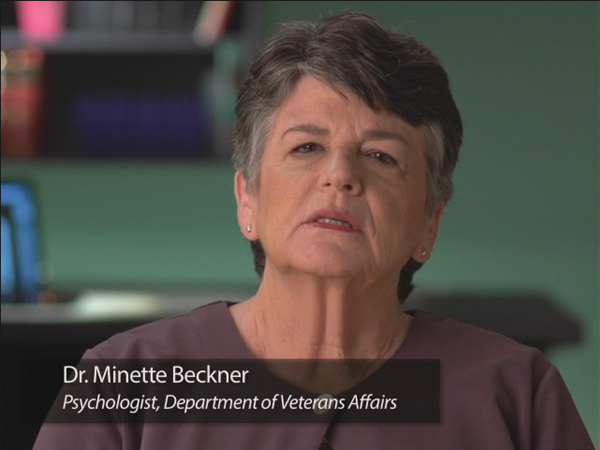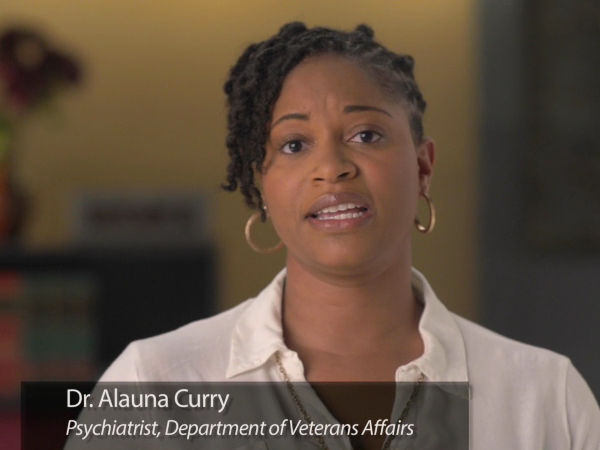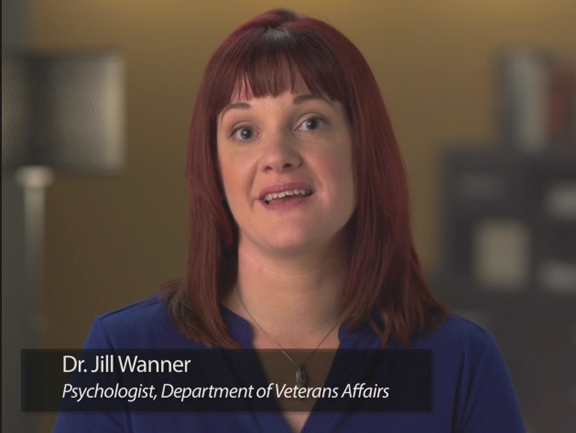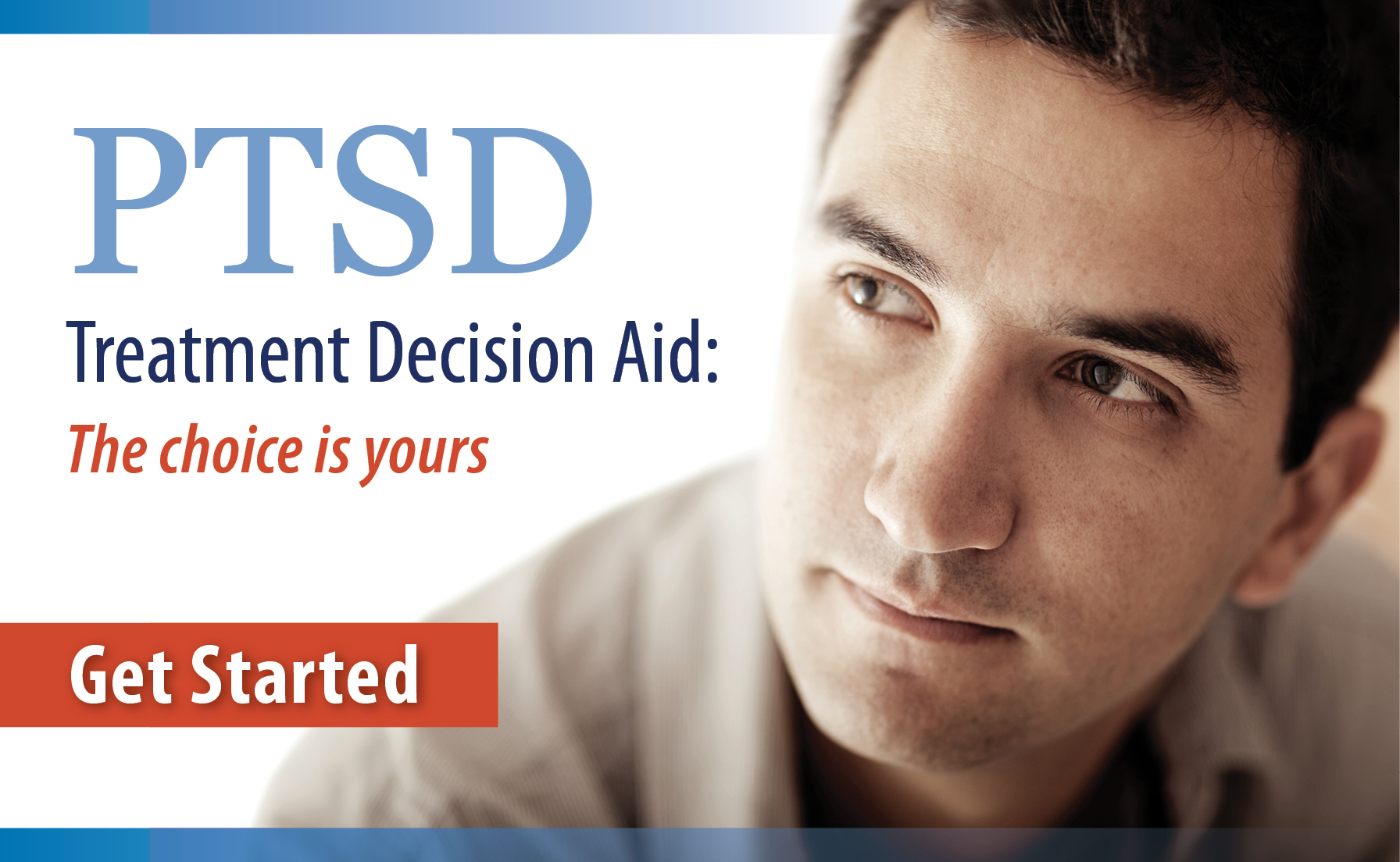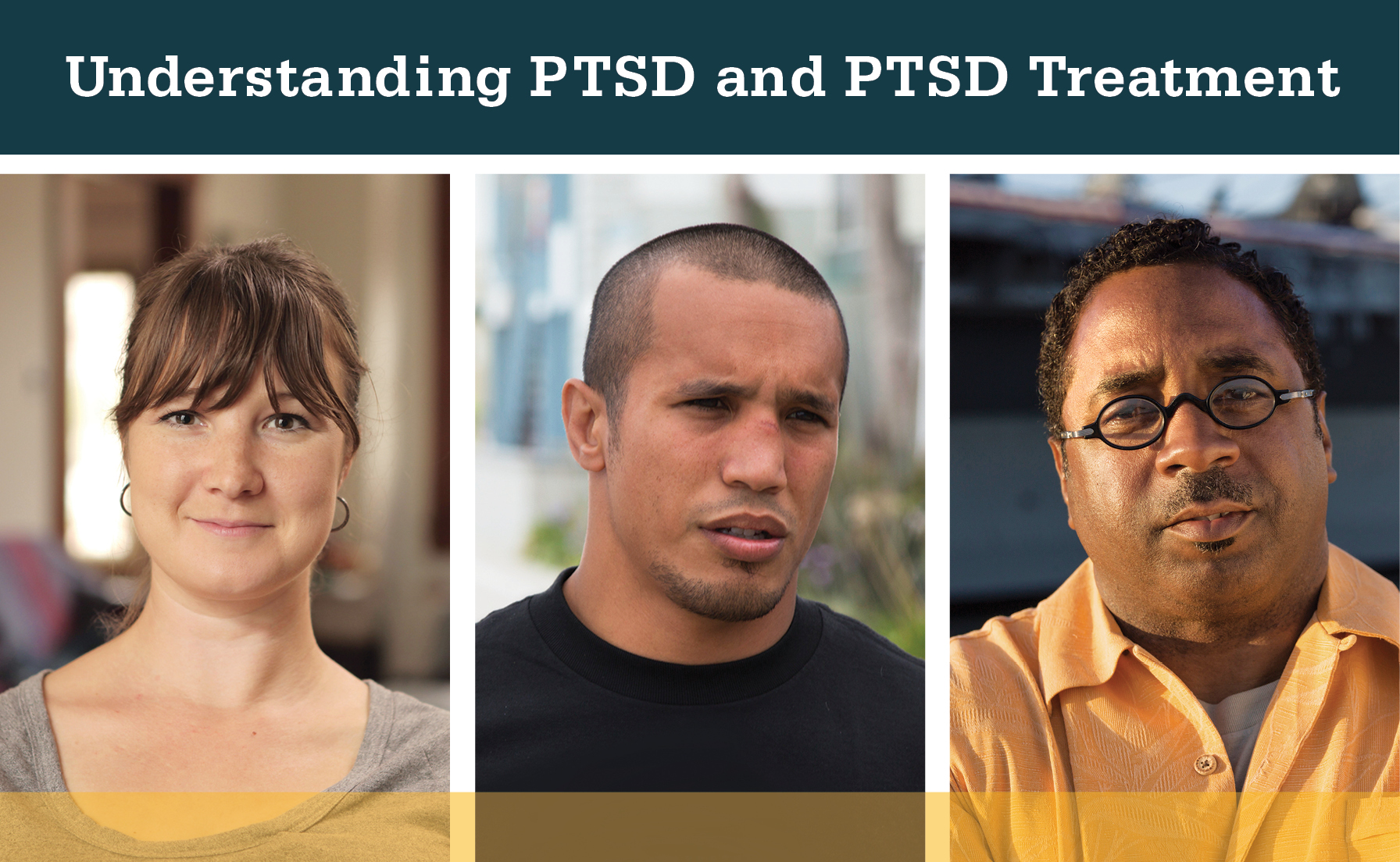PTSD: National Center for PTSD
Cognitive Processing Therapy (CPT) for PTSD
Cognitive Processing Therapy (CPT) for PTSD
Available en Español
The best treatments for PTSD are trauma-focused talk therapies. These treatments help you process—or work through—your traumatic experience. Learn about Cognitive Processing Therapy (CPT), which teaches you to examine and change negative thoughts.
Reading time: minutes
What Type of Treatment Is This?
Cognitive Processing Therapy (CPT) is one specific type of Cognitive Behavioral Therapy. It is a 12-session psychotherapy for PTSD. CPT teaches you how to evaluate and change the upsetting thoughts you have had since your trauma. By changing your thoughts, you can change how you feel.
How Does It Work?
Trauma can change the way you think about yourself and the world. You may believe you are to blame for what happened or that the world is a dangerous place. These kinds of thoughts keep you stuck in your PTSD and cause you to miss out on things you used to enjoy. CPT teaches you a new way to handle these upsetting thoughts. In CPT, you will learn skills that can help you decide whether there are more helpful ways to think about your trauma. You will learn how to examine whether the facts support your thought or do not support your thought. And ultimately, you can decide whether or not it makes sense to take a new perspective.
Video
How does CPT work?
Hear from providers as they explain how CPT may help by changing perceptions.
What Can I Expect?
Your provider will start off by giving you an overview of the treatment. Together, you will review some information about PTSD in order to help you better understand your symptoms. Your provider probably will ask about the type of trauma you experienced, but you will not need to go into great detail right away. Your provider will also ask you to do some writing about how your trauma has affected you. Over the next several sessions, you will talk about any negative or unhelpful thoughts you have been having about the trauma, and you will work together to learn to consider other ways of thinking about the situation. You will use worksheets in session and at home that help you learn this strategy. CPT can also include writing about the details of your trauma (although sometimes this can be skipped). This may sound difficult at first, but you may be more able to cope with emotions like anger, sadness and guilt by talking it over with your therapist. Towards the end of therapy, you and your therapist will focus on some specific areas of your life that may have been affected by the trauma, including your sense of safety, trust, control, self-esteem, and intimacy.
Is It Effective?
Yes, trauma-focused psychotherapy (including Cognitive Processing Therapy) is one of the most effective types of treatment for PTSD.
How Long Does Treatment Last?
CPT usually takes 12 weekly sessions, so treatment lasts about 3 months. Sessions are 60 to 90 minutes each. You may start to feel better after a few sessions. And the benefits of CPT often last long after your final session with your provider.
What Are the Risks?
The risks of doing CPT are mild to moderate discomfort when talking or writing about trauma-related memories or beliefs. These feelings are usually brief and people tend to feel better as they keep doing CPT. Most people who complete CPT find that the benefits outweigh any initial discomfort.
Group or Individual?
CPT can be done individually, where you meet one-to-one with a provider. CPT can also be done in a group with one or two providers and about 6-10 other people who also have PTSD.
Will I Talk in Detail about My Trauma?
Around your 3rd session, you may be asked to write about the details of your trauma. This writing assignment will be done at home. You will read this written trauma account out loud in your next session. If you are in group CPT, you will read through your written trauma account with a provider--but not in front of the whole group. There is also another type of CPT that does not ask you to write about the details of your trauma.
Will I Have Homework?
Yes, you will do some writing and complete worksheets between sessions. Take home worksheets help you practice in real life the skills you learn in the therapist's office. Most people find that the more effort and energy they put into these assignments, the more they get out of CPT.
How Available Is This in VA?
Moderate. Almost all VA Medical Centers offer CPT in their specialized PTSD programs and more than 2,000 VA providers are trained in CPT. Smaller VA facilities that do not offer CPT may be able to use video-conferencing to have you receive CPT from a provider at another location.
Does VA Have an App for That?
Yes, CPT Coach is a mobile app that you can use with a provider during CPT. CPT Coach can help you to learn more about CPT and PTSD symptoms and helps you stay organized with worksheets as you complete CPT. CPT Coach is free and can be downloaded on most mobile devices. After your initial download, you will not be required to use any of your personal minutes or data to use the app. This app does not share any information with the VA or your provider. It is up to you if you want to show your provider your information.
Choosing the Best Treatment for You
Trying to figure out which PTSD treatment is best for you? For more videos about Cognitive Processing Therapy and other treatments that work, get started with the PTSD Treatment Decision Aid.
You May Also Be Interested In













